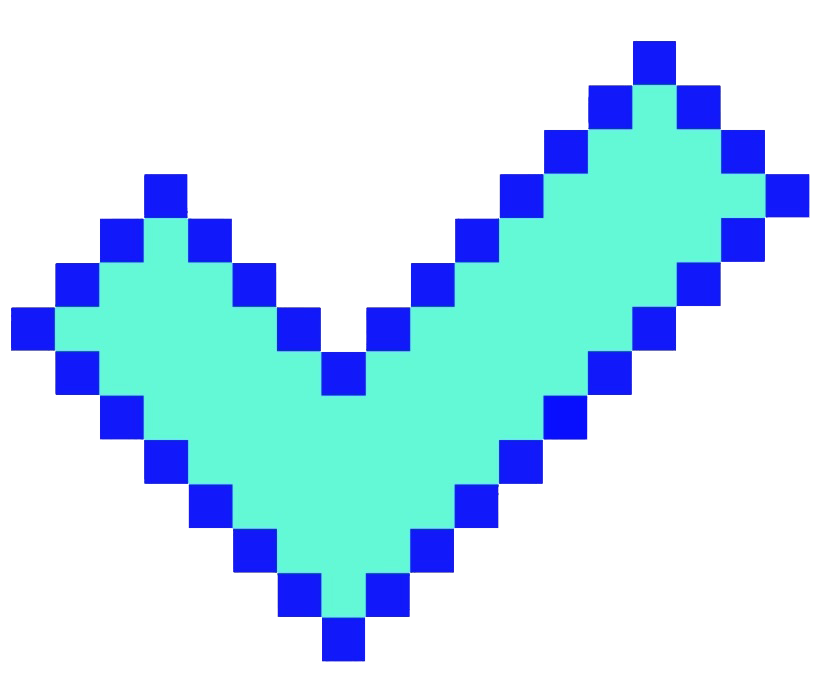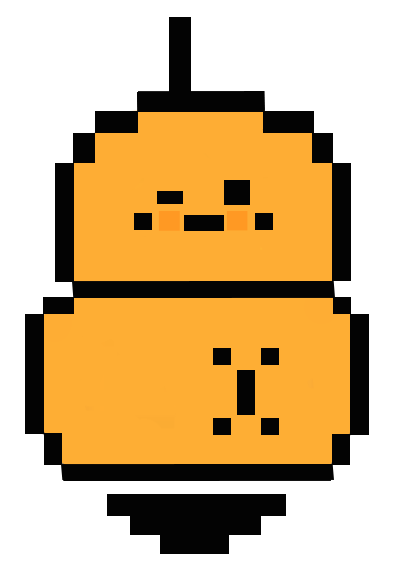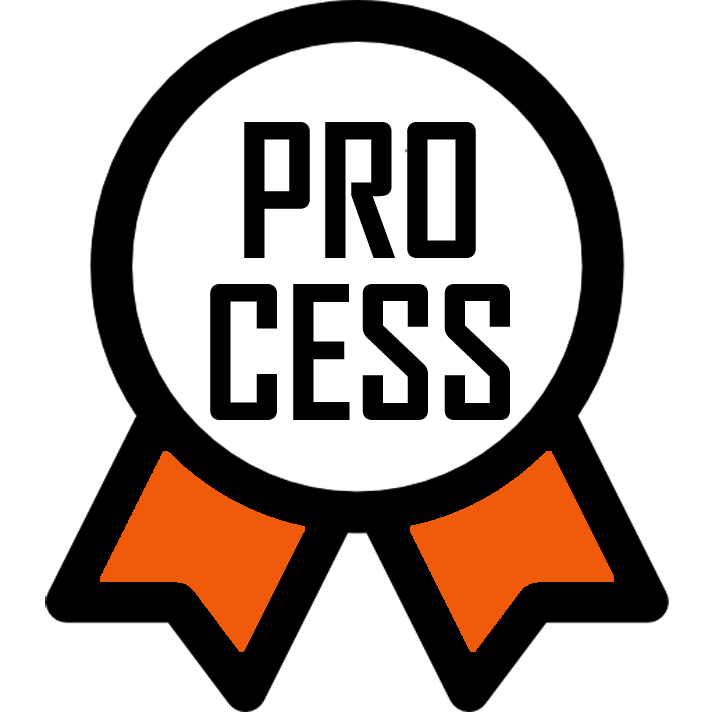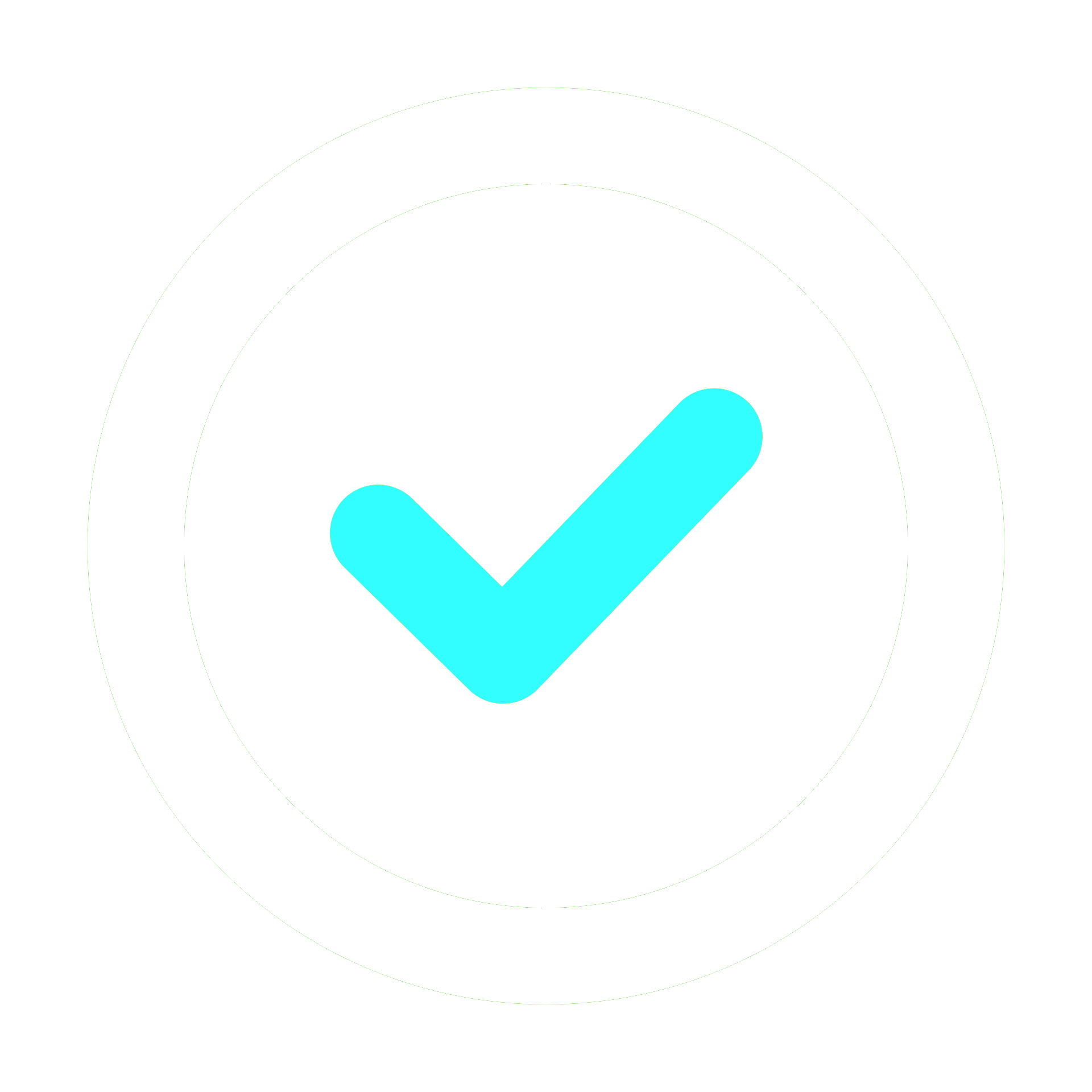Headers
- Chapters
-
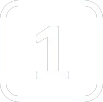 Prototype [1/7]
Prototype [1/7] Introduction
-
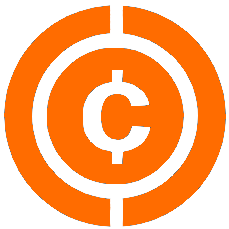 0
0
0
0
-
 0
0
-

User Name:
Preferred language:
Are you a student?
University
Company
User!
rank rank
Loading loading
Buy »
Buy »
Buy »
Buy »
Buy »
0
0
0
0
0
0
Convert »
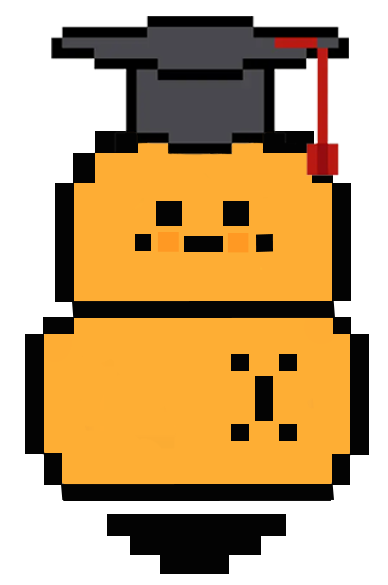
First, a bit of theory:
let's compare the WATERFALL & AGILE development processes and pick what could work for us.
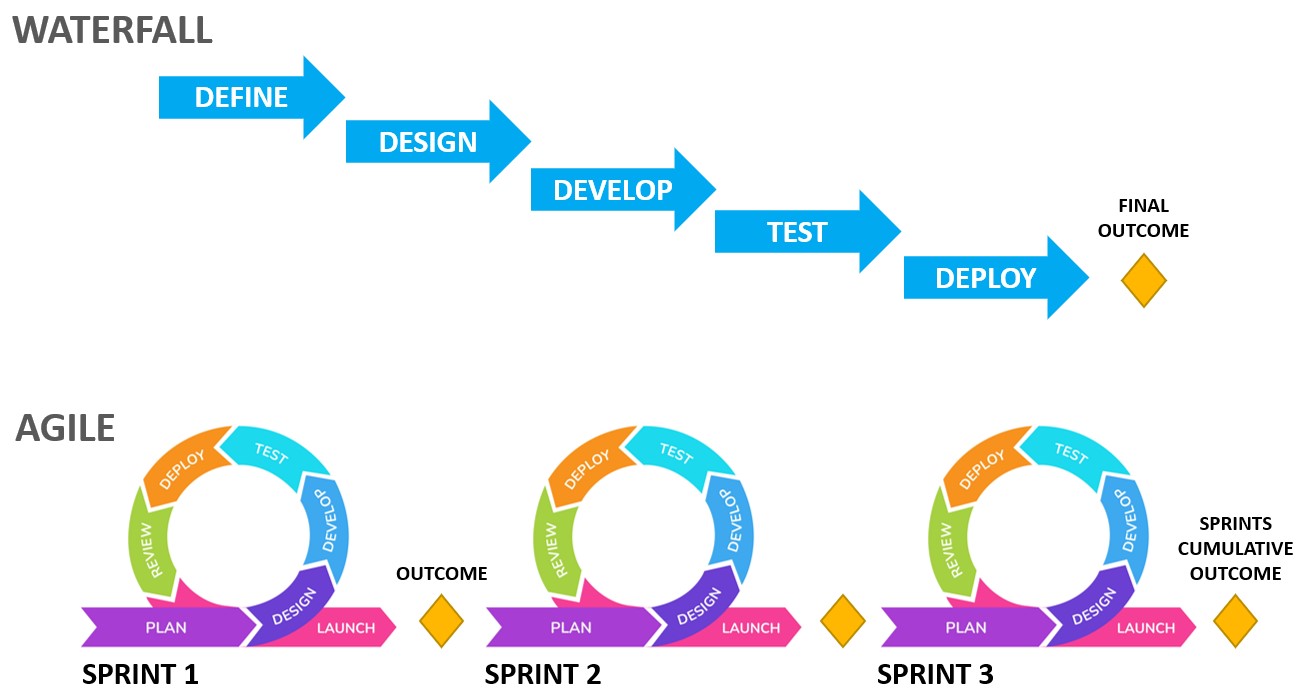
As we have a hard deadline with limited time, we will use the WATERFALL process.
It works well with the production chapters introduced earlier:
We will also pick great practices from other methodologies such as AGILE and CONTINUOUS DELIVERY. As our schedule is tight, we need to maintain a workable & playable version to test regularly our build & iterate fast: IDEATE | PROTOTYPE | TEST.
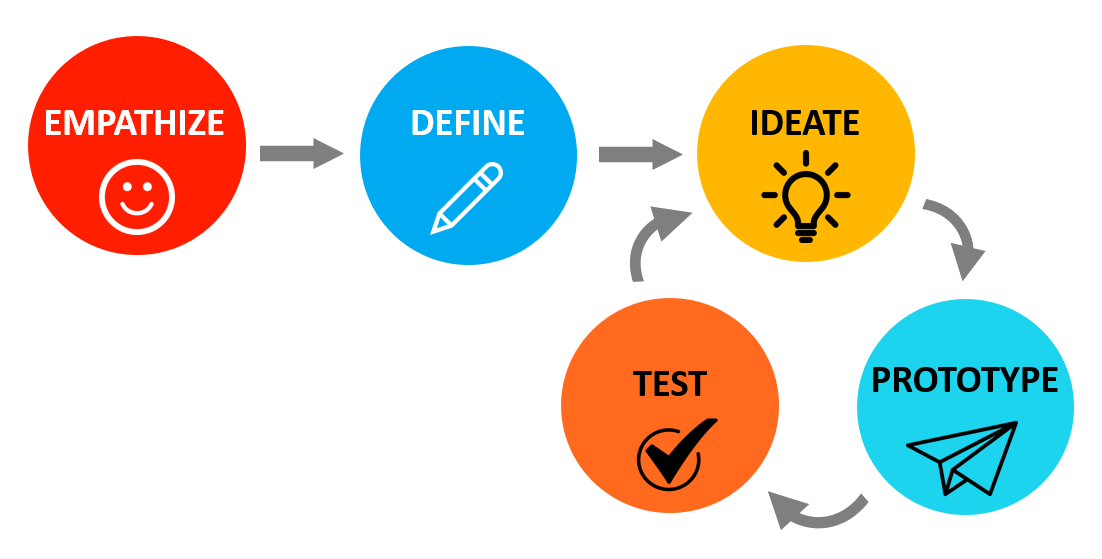
let's compare the WATERFALL & AGILE development processes and pick what could work for us.

As we have a hard deadline with limited time, we will use the WATERFALL process.
It works well with the production chapters introduced earlier:
| CONCEPTION
PROTO
|
PRE-PRODUCTION
FP
|
PRODUCTION
α
|
CLOSING
β
|
|---|---|---|---|
| DEFINE, PROTOTYPE | DESIGN, PLAN, PROVE | DEVELOP & TEST | ITERATE & TEST |
| PLAYTEST 1 | PLAYTEST 2 | PLAYTEST 3 | DEMO |
We will also pick great practices from other methodologies such as AGILE and CONTINUOUS DELIVERY. As our schedule is tight, we need to maintain a workable & playable version to test regularly our build & iterate fast: IDEATE | PROTOTYPE | TEST.

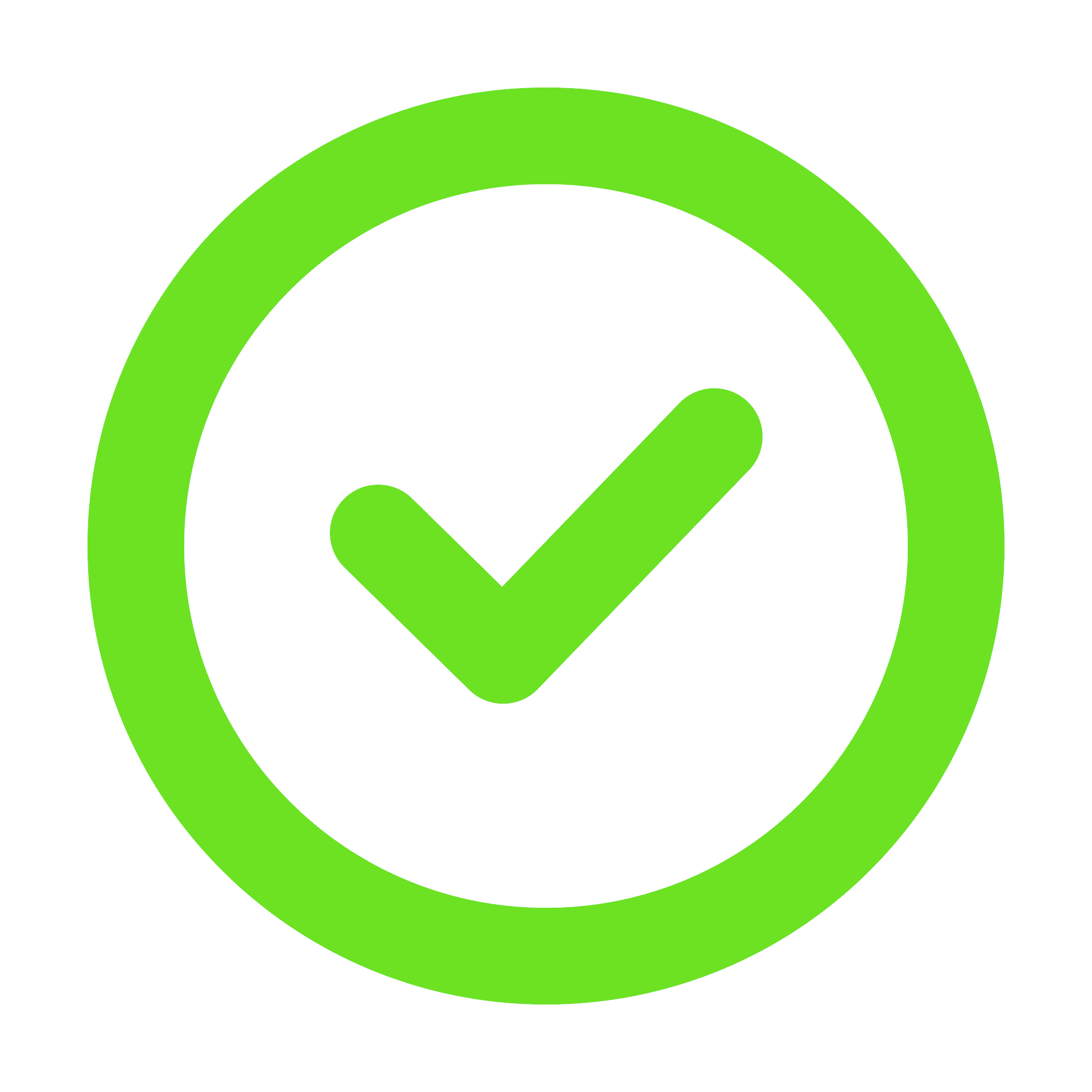
To build the PROTOTYPE, we will follow 6 steps. K6 dropped the objectives in the 'IDEATE' step by mistake.
Can you please identify the main objective for each step?
Drag and drop in the correct column the process objectives [boxes with a green border ◻ ].
CONCEPTION DEVELOPMENT PROCESS
IDEATE
1.
1.
FEATURE LIST
KANBAN
PROGRAMMING
TECH-ART
PLAYTEST
RETROSPECTIVE
PROTOTYPE
2. PLAN
2. PLAN
PROTOTYPE
3. DEV
3. DEV
PROTOTYPE
4. ART & CONTENT
4. ART & CONTENT
TEST
5.
5.
IDEATE
6. REVIEW
6. REVIEW
Process update incomplete. Please iterate.
Well done! We will explain each step in the next missions. First, we need to build a FEATURE LIST.
The prototype feature list needs to represent the CORE EXPERIENCE of the game: the key functionalities.
Ready?
